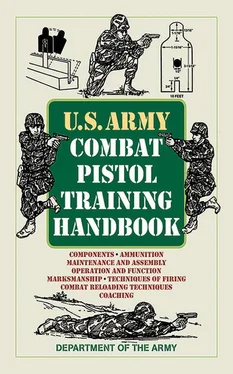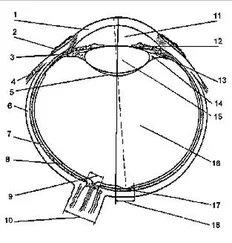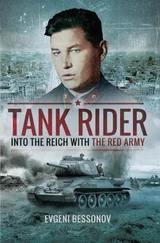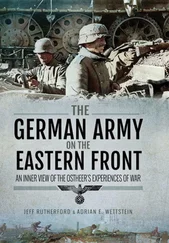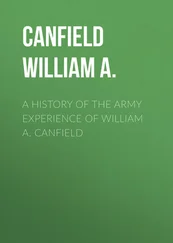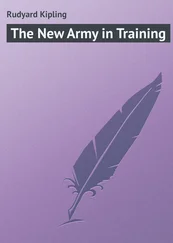(1) The firer first engages the 20-foot miniature E-type silhouette on the extreme right of the QTTD (see Figure 2-27). He then traverses between targets and engages the same type target on the extreme left of the QTTD. The firer again shifts back to reengage the first target. The procedure is used to teach the firer to instinctively return to the first target if he misses it with his first shot.
(2) The firer performs this exercise twice, firing three shots each time. Before firing the second time, the coach and firer should discuss the errors made during the first exercise.
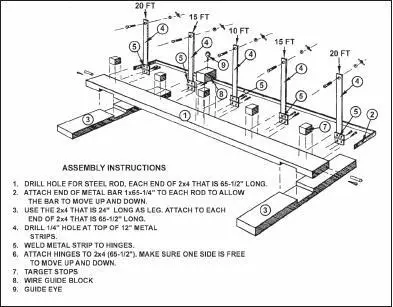
Figure 2-27. Miniature E-type silhouette for use with QTTD.
e. Phase V. Seven shots fired from 20, 15, and 10 feet at miniature E-type silhouettes.
(1) The firer starts this exercise 30 feet from the QTTD. The command MOVE OUT is given, and the firer steps out at a normal pace with the weapon held in the ready position. Upon the command FIRE (given at the 20-foot line), the firer assumes the crouch position and engages the 20-foot miniature E-type silhouette on the extreme right of the QTTD. He then traverses between targets, engages the same type target on the extreme left of the QTTD, and shifts back to the first target. If the target is still up, he engages it. The firer then assumes the standing position and returns the weapon to the ready position. (Upon completion of each exercise, the coach makes corrections as the firer returns to the standing position.)
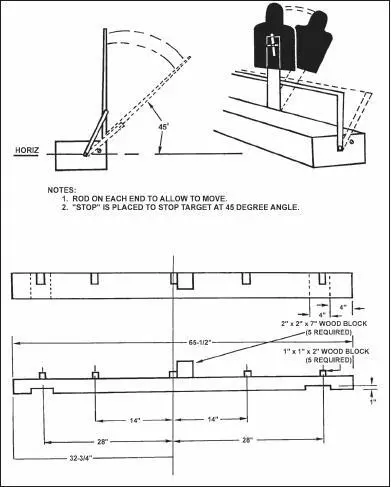
Figure 2-27. Miniature E-type silhouette for use with QTTD (continued).

Figure 2-27. Miniature E-type silhouette for use with QTTD (continued).
(2) On the command MOVE OUT, the firer again steps off at a normal pace. Upon the command FIRE (given at the 15-foot line), he engages the 15-foot targets on the QTTD. The same sequence of fire distribution is followed as with the previous exercise.
(3) During this exercise, the firer moves forward on command until he reaches the 10-foot line. At the command FIRE, the firer engages the 10-foot miniature E-type silhouette in the center of the QTTD.
2-19. Range Firing Courses
Range firing is conducted after the firers have satisfactorily completed preparatory marksmanship training. The range firing courses are:
a. Instructional. Instructional firing is practice firing on a range, using the assistance of a coach.
(1) All personnel authorized or required to fire the pistol receive 12 hours of preliminary instruction that includes the following:
• Disassembly and assembly.
• Loading, firing, unloading, and immediate action.
• Preparatory marksmanship.
• Care and cleaning.
(2) The tables fired for instructional practice are prescribed in the combat pistol qualification course in Appendix A. During the instructional firing, the CPQC is fired with a coach or instructor.
b. Combat Pistol Qualification. The CPQC stresses the fundamentals of quick fire. It is the final test of a soldier’s proficiency and the basis for his marksmanship classification. After the soldier completes the instructional practice firing, he shoots the CPQC for record. Appendix A provides a detailed description of the CPQC tables, standards, and conduct of fire. TC 25-8 provides a picture of the course.
NOTE: The alternate pistol qualification course (APQC) can be used for sustainment/qualification if the CPQC is not available (see Appendix B).
c. Military Police Firearms Qualification. The military police firearms qualification course is a practical course of instruction for police firearms training (see FM 19-10).
Safety must be observed during all marksmanship training. Listed below are the precautions for each phase of training. It is not intended to replace AR 385-63 or local range regulations. Range safety requirements vary according to the requirements of the course of fire. It is mandatory that the latest range safety directives and local range regulations be consulted to determine current safety requirements.
The following requirements apply to all marksmanship training.
a. Display a red flag prominently on the range during all firing.
b. Soldiers must handle weapons carefully and never point them at anyone except the enemy in actual combat.
c. Always assume a weapon is loaded until it has been thoroughly examined and found to contain no ammunition.
d. Indicate firing limits with red and white striped poles visible to all firers.
e. Never place obstructions in the muzzle of any weapon about to be fired.
f. Keep weapons in a prescribed area with proper safeguards.
g. Refrain from smoking on the range near ammunition, explosives, or flammables.
The following requirements must be met before conducting marksmanship training.
a. Close and post guards at all prescribed roadblocks and barriers.
b. Ensure all weapons are clear of ammunition and obstructions, and all slides are locked to the rear.
c. Brief all firers on the firing limits of the range and firing lanes. Firers must keep their fires within prescribed limits.
d. Ensure all firers receive instructions on know how to load and unload the weapon and on safety features.
e. Brief all personnel on all safety aspects of fire and of the range pertaining to the conduct of the courses.
f. No one moves forward of the firing line without permission of the tower operator, safety officer, or OIC.
g. Weapons are loaded and unlocked only on command from the tower operator except during conduct of the courses requiring automatic magazine changes.
h. Weapons are not handled except on command from the tower operator.
i. Firers must keep their weapons pointed downrange when loading, preparing to fire, or firing.
The following requirements apply during marksmanship training.
a. A firer does not move from his position until his weapon has been cleared by safety personnel and placed in its proper safety position. An exception is the assault phase.
b. During Table 5 of the CPQC, firers remain on line with other firers on their right or left.
c. Firers must fire only in their own firing lane and must not point the weapon into an adjacent lane, mainly during the assault phase.
d. Firers treat the air-operated pistol as a loaded weapon, observing the same safety precautions as with other weapons.
e. All personnel wear helmets during live-fire exercises.
f. Firers hold the weapon in the raised position except when preparing to fire. They then hold weapons in the ready position, pointed downrange.
Safety personnel inspect all weapons to ensure they are clear. A check is conducted to determine if any brass or live ammunition is in the possession of the soldiers. Once cleared, pistols are secured with the slides locked to the rear.
2-24. Instructional Practice and Record Qualification Firing
During these phases of firing, safety personnel ensure that:
a. The firer understands the conduct of the exercise.
Читать дальше
